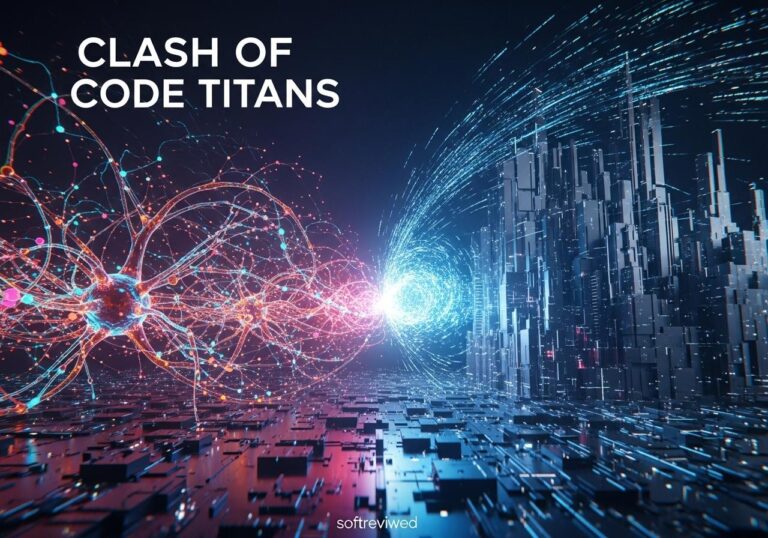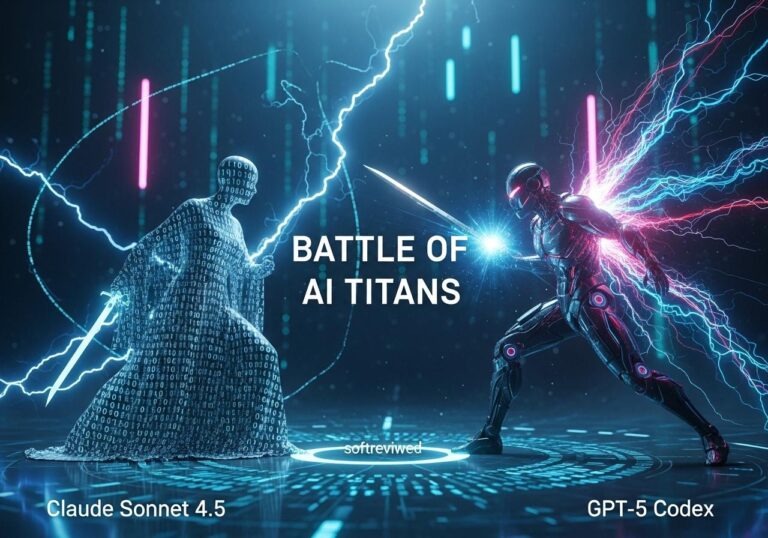MatterGen: AI-Powered Material Discovery
Revolutionary AI technology transforming the future of material science and development
🤖 AI Material Discovery
MatterGen, developed by Microsoft Research, uses AI to generate new materials with specific properties, revolutionizing traditional material discovery methods.
⚡ Efficiency Breakthrough
Generates material suggestions in seconds versus years of traditional lab work, achieving an impressive 80% success rate in property matching.
🔄 Innovative Process
Uses advanced diffusion architecture to simultaneously generate atom types, coordinates, and crystal structures for more stable materials.
🎯 Specific Property Design
Can be fine-tuned to create materials with specific qualities like enhanced strength, magnetism, or lightness.
🌟 Potential Impact
Could revolutionize technology development with better batteries, stronger buildings, and sustainable energy solutions.
✅ Validation with MatterSim
Complemented by MatterSim validation system, ensuring practical usability through detailed simulations.
Imagine a world where creating new materials with specific properties is as easy as asking an AI. That's the promise of MatterGen, a groundbreaking generative AI developed by Microsoft Research. This innovative system is poised to revolutionize materials science, potentially accelerating the development of everything from better batteries to more efficient solar panels. MatterGen uses a unique approach that significantly shifts from traditional methods, utilizing diffusion models and simulation to craft and validate new material compositions.
A New Era of Materials Design
For decades, discovering new materials has been a painstaking process involving countless hours in labs, testing various combinations of elements. This trial-and-error method is slow, expensive, and limited by the existing knowledge of known compounds. 🧪 MatterGen, however, offers a new paradigm. Instead of screening existing materials, it generates new ones based on desired properties. Think of it like an AI image generator, but instead of pictures, it creates novel molecular structures. This marks a fundamental change in materials discovery and could potentially bypass many current development bottlenecks. This generative approach allows for exploring a significantly wider space of materials, opening doors to innovative solutions we might not have otherwise considered.
How Does MatterGen Actually Work?
MatterGen is not simply a database of existing materials. It uses complex algorithms to generate new possibilities, then tests their viability. Let's unpack the core components.
Diffusion Models: The Engine of Creation
At the heart of MatterGen is a diffusion model, an AI technique that learns from existing data and then creates entirely new data points. In this context, MatterGen learns from the structures and properties of known materials. It then uses this knowledge to design novel molecular structures, including the arrangement of atoms, types of elements, and their bonding. ⚛️ This process involves generating atom types, coordinates, and crystal structures simultaneously, allowing for the creation of completely new and unique materials with specific tailored properties.
MatterSim: Virtual Reality for Material Testing
But creating structures is only half the battle. To ensure that these generated materials are not only structurally stable but also function as intended, MatterGen uses MatterSim, a complementary simulation system. MatterSim leverages quantum mechanics and machine learning to virtually test the generated materials under various conditions, simulating temperatures ranging from absolute zero to 5,000 Kelvin and pressures up to 10 million atmospheres. This virtual testing process confirms the generated materials' stability and performance, effectively cutting down on the time and resources that would otherwise be needed for physical lab tests. This rigorous virtual validation drastically reduces the risk of investing in a flawed material, making the entire process more efficient.
From Theory to Reality: The TaCr₂O₆ Case Study

To validate MatterGen's capabilities, Microsoft collaborated with researchers at Shenzhen Institutes of Advanced Technology (SIAT). The objective was to experimentally synthesize a material designed by the AI, targeting a bulk modulus of 200 GPa. MatterGen designed a material, TaCr₂O₆, that was then synthesized by the researchers. 🧪 While the experimental result of 169 GPa fell slightly short of the target, a 20% discrepancy is considered small from an experimental perspective. This real-world validation shows the effectiveness of MatterGen and highlights how quickly AI can push boundaries of materials development.
Why is This a Big Deal?
MatterGen's implications are far-reaching and could transform several industries. Here are some key impacts:
Speeding Up Innovation
MatterGen drastically reduces the time needed to discover and design new materials. By automating the design process and leveraging the capabilities of AI for generating new molecules, it allows researchers to rapidly iterate through multiple ideas. This can accelerate development cycles in various sectors, from healthcare to electronics.
Expanding the Realm of Possibilities
Traditional material discovery methods are constrained by the limitations of what's already known. MatterGen, however, expands the range of potential materials by exploring compositions that might not be conceived otherwise, opening up exciting new possibilities in materials science. 🚀
Real-World Applications
The implications of MatterGen extend across a wide variety of fields:
📌 Batteries: Designing materials for more efficient, faster-charging, and longer-lasting batteries.
📌 Solar Panels: Discovering materials to make solar energy generation more efficient.
📌 Catalysis: Developing novel catalysts for various industrial processes, such as carbon capture and conversion.
📌 Aerospace: Designing lighter and stronger materials for aircraft and spacecraft.
📌 Medicine: Creating biocompatible materials for implants, drug delivery, and other medical applications.
Navigating the Unknown: Challenges and Considerations
While MatterGen offers exciting possibilities, there are potential challenges and points to consider. The model requires large datasets to be effective. Furthermore, the reliance on AI-generated materials raises questions about long-term reliability and safety that must be carefully explored. ⚠️ As the technology matures, it’s vital to address these challenges and establish ethical frameworks for its use. It is also crucial to ensure that AI's power to generate new materials is harnessed responsibly, contributing to the betterment of society.
Beyond the Lab: What's Next for MatterGen
MatterGen isn't just a theoretical concept; it's a working system that's already producing results. The successful synthesis of TaCr₂O₆ is a testament to its potential. Going forward, we can expect to see further refinement of the model, as well as an expanded number of experiments to further prove its reliability and discover new unique materials. 🧪 As the algorithm evolves and learns more about material compositions, we can expect an increased precision in the materials it generates. This will be very valuable when material properties need to be closely tailored and optimized.
How is Microsoft’s MatterGen Utilizing Synthetic Data for AI Development?
Microsoft’s MatterGen is revolutionizing AI development by harnessing synthetic data, creating rich datasets that improve model accuracy. As companies like elon musk’s xai on synthetic data shift focus on innovative solutions, MatterGen’s approach ensures robust testing and enhanced capabilities for AI applications in various industries, pushing the boundaries of technology.
The Future is Now: A New Chapter in Materials Science
MatterGen marks a significant step forward in materials science, bringing generative AI into the core of the discovery process. It offers a glimpse into a future where AI tools empower researchers to create materials with unprecedented properties. This innovative approach is poised to reshape industries and solve pressing global challenges, from energy efficiency to human health, moving us into a future where the building blocks of our world are designed by the same AI tools that are shaping so many other aspects of modern life. 💡 This paradigm shift will likely lead to faster innovation and solutions to some of the most complex challenges in materials design, while also opening new avenues for scientific discovery.
For more information on MatterGen, you can explore the official Microsoft Research blog post on MatterGen.
MatterGen AI Material Discovery Performance Metrics
This visualization compares key performance metrics of Microsoft’s MatterGen AI system against traditional material discovery methods.







